For many voters, this November’s election is shaping up to be about President Trump and the balance of power in Congress, and their implications for everything from judicial appointments, to foreign relations, to the independent counsel investigation.
Yet that is not the only political reset to watch. Thirty-six governors and more than 80 percent of all state legislators in the United States will also be elected on November 6th. With Washington crippled by daily discord, it will be up to the incoming class of state officials to advance the next round of modern-day economic policies missing from the federal agenda.
These reforms will also require local cooperation and ingenuity. States are composed of a diverse network of cities, metro areas, smaller towns, and rural areas, each of which benefit from flexible solutions to their varying challenges. Yet state and local relations have deteriorated in today’s partisan environment, hindering progress that new governors and state legislators can’t afford. The nation needs states and cities together to reinvent programs that keep pace with the forces of change to expand opportunity.
As it stands, states are inheriting policies ill-suited to address the disruption and opportunities brought on by a digital economy. The rise of app-based jobs and contingent labor are creating new norms around work, benefits, and employment stability. The jobs produced in today’s digital age are shifting in skills requirements and quality, with too few offering pathways to middle class pay. Despite the benefit of new technologies, smaller industrial cities in the Heartland still struggle to innovate and retain talent.
These trends test the efficacy and alignment of today’s education, workforce, and economic development policies. Meanwhile, implicit and structural bias in the design and execution of existing policies continue to make it difficult for women, people of color, and low-income persons to find stable homes, support their families, and succeed in the workplace, when long-run growth requires every person to reach his or her potential. Additionally, states and metro areas are grappling with rising health care costs, an opioid crisis, and limited tools to finance infrastructure upgrades, which are all essential to economic security and competitiveness.
States are composed of a diverse network of cities, metro areas, smaller towns, and rural areas, each of which benefit from flexible solutions to their varying challenges.
Officials in Washington have not confronted these structural issues head on. Rather, Congress and the Trump administration have enacted into law a massive tax cut that the Congressional Budget Office now estimates will balloon the federal deficit, dampening long-term economic growth and providing a new justification for the GOP to cut safety net programs upon which many working families rely. A $1.5 trillion infrastructure plan, an idea welcomed by state and local leaders, is dead for now. Other economic efforts have been small or slow in implementation, such as the creation of the Office of American Innovation and expansion of apprenticeship programs.
Meanwhile, some state lawmakers have responded to this policy vacuum by stifling joint problem-solving efforts from local leaders who know firsthand how economic changes are affecting their communities.
Tensions between state governments and cities are not new. For centuries, city leaders have argued for greater autonomy over taxation, legislation, and other powers, yet state governments have retained the upper hand in this struggle. These state limits to local powers largely reflect rural dominance in state politics even as states rapidly urbanize.
In recent years, cultural and partisan divides between urban and rural constituents have deepened, straining intergovernmental relations. Some state legislatures have adopted pre-emption laws, and even super-preemption laws, that ban cities and counties from mandating paid sick and family leave to improve job quality, managing fracking, and protecting LGBTQ rights—ordinances that local leaders often pass due to the failure of state legislatures to act. Some states have recently cut funding to municipalities—payments historically offered in lieu of providing more expansive local taxation authority—to make up for state budget shortfalls. It’s not surprising that many local leaders see their state governments not as partners, but as barriers to progress.
That’s why the 2018 election matters. A wave of new state leaders could usher in a period of governance reforms that rely on city and regional know-how to deliver a modern, statewide opportunity agenda. Already, promising local cross-sector innovations are underway: in Chicago, business CEOs, the city community college, and philanthropy have come together to provide hundreds of apprenticeship opportunities for young adults, the majority of whom are African American and Latino. In mid-sized markets that span urban and rural areas like Central New York and Upstate South Carolina, public and private sector leaders have launched new technology-focused initiatives within long-standing industries to grow and compete.
In fairness, some states have already made down payments in the pursuit of policies that promote inclusive economic growth in a digital age. Many have lifted the minimum wage beyond the federal level, raised their state gas taxes to pay for needed infrastructure, and set new regulatory frameworks to accommodate autonomous vehicles, the sharing economy, and other digital industries. And some states have supported locally-led economic strategies, as Virginia has done, and explicitly enabled more generous local ordinances to supersede state laws, as California has done.
Incoming state leaders must recognize that the economic fate of states and cities are inextricably linked.
But given the number of Americans who still struggle to support their families in today’s economy, more reforms are needed. In pursuing them, incoming state leaders must recognize that the economic fate of states and cities are inextricably linked. They both face a tough governing climate—including unpredictable policies from Washington—as they strive to provide good jobs and a high quality of life for all residents. Rather than fuel more partisan rancor, states and local partners must work through legitimate policy differences to deliver real solutions that enable workers, businesses, and local communities to adapt to the rigors of the modern economy.
The 2018 election could be transformative not just for Congress, but for governors’ mansions and state legislatures across the country. It’s time for states and cities—large and small—to show that they can restore voters’ trust in government, bridge divides, and get things done. There’s too much at stake.
Nathan Arnosti provided valuable research assistance for this post.

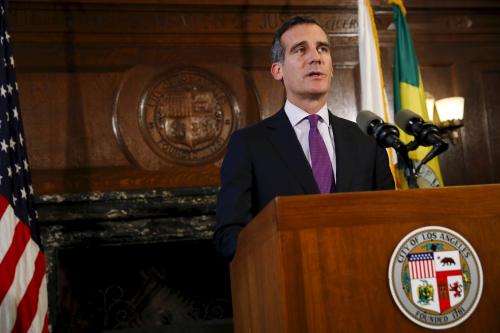
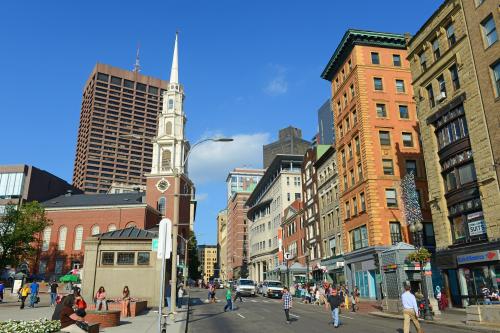


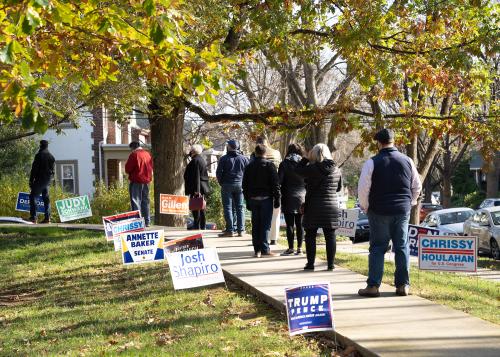
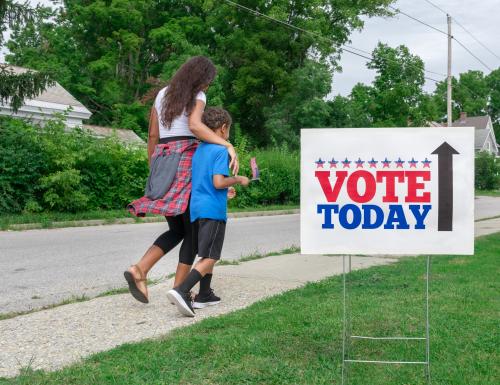
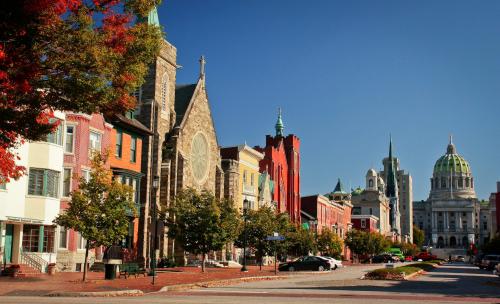
Commentary
What’s at stake for states following the 2018 election
October 5, 2018